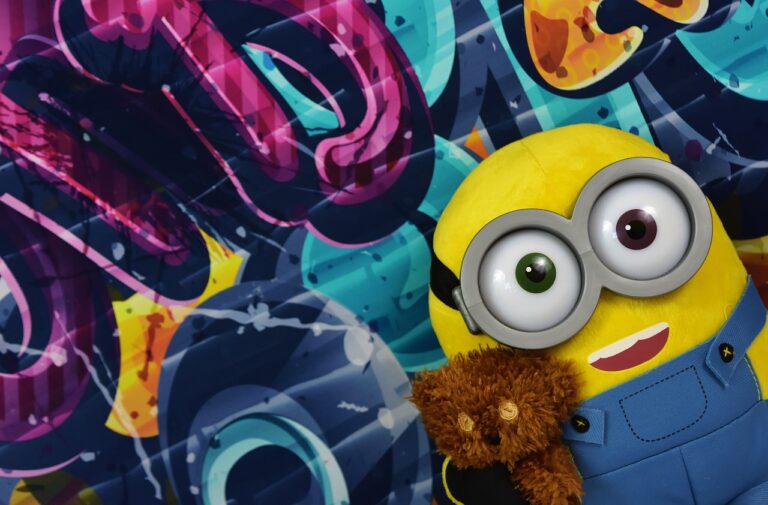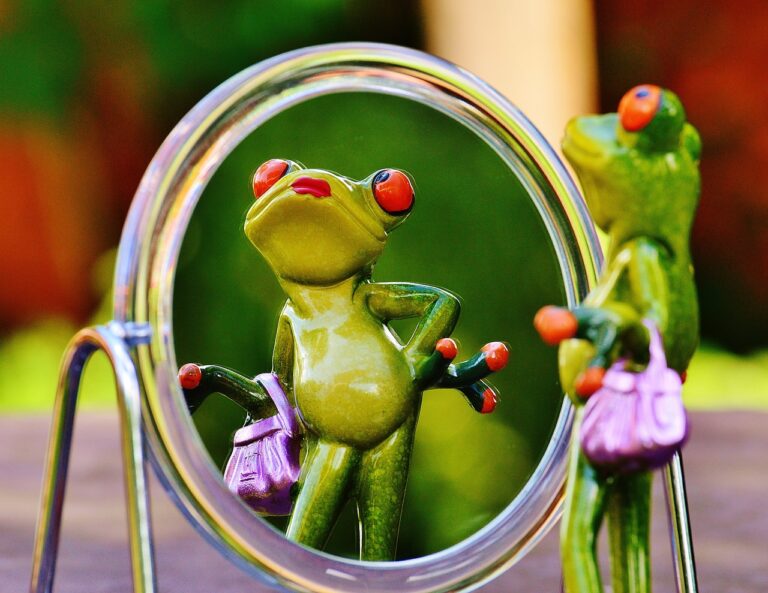The Evolution of CGI in Film: From Jurassic Park to Avatar
CGI, or computer-generated imagery, has undergone a remarkable evolution in the realm of filmmaking. From its early beginnings as rudimentary effects in the 1970s to the groundbreaking advancements witnessed in contemporary cinema, CGI has transformed the way stories are told on the big screen. The seamless integration of CGI into live-action films has opened up a whole new world of possibilities for filmmakers, allowing them to create visually stunning worlds and bring fantastical creatures to life with unprecedented realism and detail.
As technology continues to advance at a rapid pace, the future of CGI in film looks promising, with even more immersive and photorealistic effects on the horizon. Audiences around the world have come to expect nothing less than state-of-the-art CGI in their movie-watching experience, pushing filmmakers to continuously push the boundaries of what is possible. With each new film that hits the silver screen, CGI is not just a tool but a creative medium in its own right, reshaping the way stories are envisioned and delivered to captivated audiences everywhere.
• One of the key milestones in the evolution of CGI in film was the release of “Tron” in 1982, which marked the first extensive use of computer-generated imagery to create a virtual world within a movie.
• The groundbreaking success of films like “Jurassic Park” in 1993 showcased how CGI could be used to bring dinosaurs back to life on screen with unprecedented realism and detail.
• With advancements in technology, filmmakers are now able to seamlessly blend live-action footage with CGI elements, creating truly immersive and visually stunning worlds that were once only possible in our imaginations.
Early Beginnings of CGI in Film
In the early days of cinema, before the digital revolution, special effects in movies were primarily achieved through practical techniques such as miniatures, matte paintings, and animatronics. These methods, while effective, had their limitations when it came to creating fantastical and larger-than-life visuals. The introduction of computer-generated imagery (CGI) in film marked a significant shift in the industry, allowing filmmakers to bring to life scenes and creatures that were previously only imaginable.
One of the first notable uses of CGI in a feature film was in the 1973 science fiction film “Westworld.” Directed by Michael Crichton, the movie showcased a computer-generated image of a 2D hand that was used to represent the point of view of a malfunctioning android. Although rudimentary by today’s standards, this early exploration of CGI hinted at the vast possibilities the technology held for the future of filmmaking.
Revolutionizing Special Effects in Jurassic Park
Jurassic Park, directed by Steven Spielberg and released in 1993, marked a pivotal moment in the history of filmmaking with its groundbreaking use of computer-generated imagery (CGI). The innovative blend of practical effects and CGI ushered in a new era of realism in special effects, setting a new standard for the industry. Audiences were captivated by the lifelike dinosaurs that roamed the screen, thanks to the seamless integration of CGI with animatronics.
The success of Jurassic Park not only elevated the film as a classic in the science fiction genre but also revolutionized the capabilities of special effects in the film industry. The film demonstrated the power of CGI to bring fantastical creatures to life in a way that had never been seen before, sparking a wave of CGI-driven films in the years that followed. Jurassic Park’s impact on visual effects was far-reaching, inspiring filmmakers to push the boundaries of what was possible on screen.
What is CGI?
CGI stands for computer-generated imagery, which is the use of computer graphics to create special effects in films.
How did CGI evolve in the film industry?
CGI began to be used in films in the 1970s and 1980s, but it wasn’t until the 1990s that it became more advanced and realistic.
What were the early beginnings of CGI in film?
The early beginnings of CGI in film can be traced back to films like “Tron” (1982) and “The Abyss” (1989), which showcased the potential of computer-generated effects.
How did “Jurassic Park” revolutionize special effects in film?
“Jurassic Park” (1993) was a groundbreaking film that showcased the power of CGI in creating realistic dinosaurs. It set a new standard for special effects in the film industry.
Why is “Jurassic Park” considered a game-changer in special effects?
“Jurassic Park” is considered a game-changer in special effects because it showed that CGI could be used to create lifelike creatures on screen, opening up a world of possibilities for filmmakers.







